Listeners:
Top listeners:
-
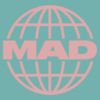 play_arrow
play_arrow
Mad Radio Miami
-
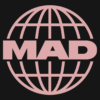 play_arrow
play_arrow
Mad Radio – Bogotá
-
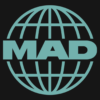 play_arrow
play_arrow
Mad Radio – Medellín
-
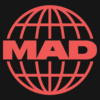 play_arrow
play_arrow
Mad Radio – Barcelona
-
 play_arrow
play_arrow
Mad RECORDS
-
 play_arrow
play_arrow
Madly High
Synths of Terror: How Electronic Music and Horror Films Create Fear Together
today26 octubre, 2024
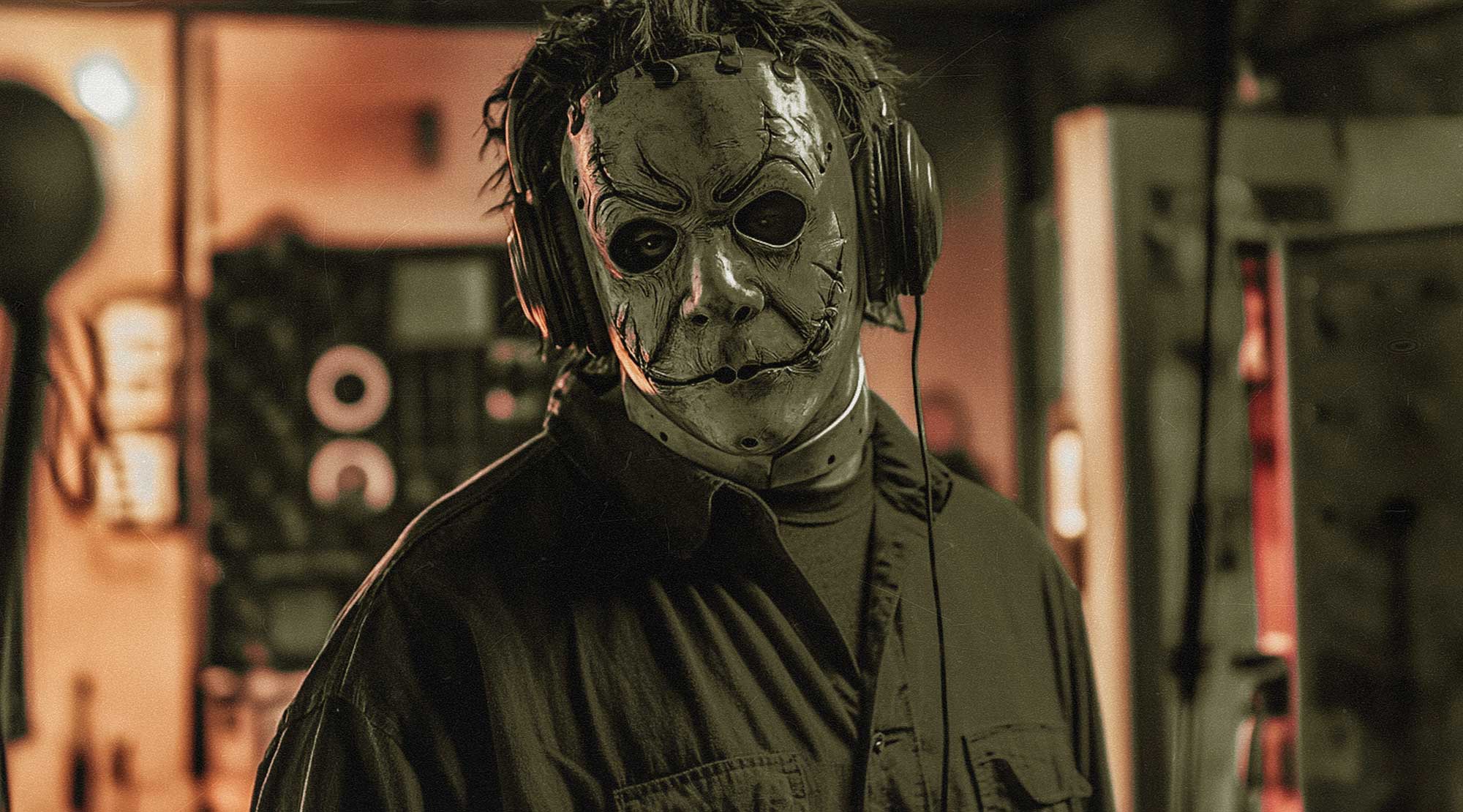
The pulsating beats and eerie soundscapes of electronic music aren’t just for late-night dancefloors—they’ve also crept into the world of horror film soundtracks. From synthesizers that build suspense to ambient drones that evoke dread, electronic music has had a significant impact on the way modern horror movies create fear, and vice versa. Let’s dive into how electronic beats and horror film scores shaped each other to create the iconic sound of fear, and the gear behind these spine-chilling sounds.
The Birth of Synth Horror
It all started with the rise of electronic music in the late 1970s and early 1980s. As synth music became popular, directors and composers saw the potential for these new, unfamiliar sounds to add tension and atmosphere to their films. One of the most influential figures in this shift was John Carpenter, who not only directed but also composed the music for many of his films, including Halloween (1978). The minimalist synth score, driven by repeating patterns and eerie melodies, became a hallmark of the horror genre and influenced countless films that followed. Carpenter used iconic instruments like the Prophet-5 and the ARP Odyssey to craft his haunting soundscapes, which have since become staples in horror music production.
Carpenter once said, “I wanted something that would strike the audience immediately—a repetitive, relentless melody that would echo Michael Myers’ persistence.” This approach paid off, as the chilling theme became one of the most iconic soundtracks in horror history. Carpenter’s hands-on approach to both directing and scoring his films made him a pioneer in using electronic music to evoke fear, showing that the right sound can be just as important as the visuals when it comes to horror.
Electronic music’s ability to evoke emotion with a few simple notes made it perfect for horror. Unlike traditional orchestral scores, which are lush and complex, electronic scores can be sparse and isolating, which is exactly what makes them so unsettling. The repetitive, cold sound of synthesizers can create an atmosphere of inescapable dread—a feeling that something terrifying is just around the corner. At the same time, horror films inspired electronic musicians, who borrowed the eerie, suspenseful vibes to add a darker edge to their tracks.
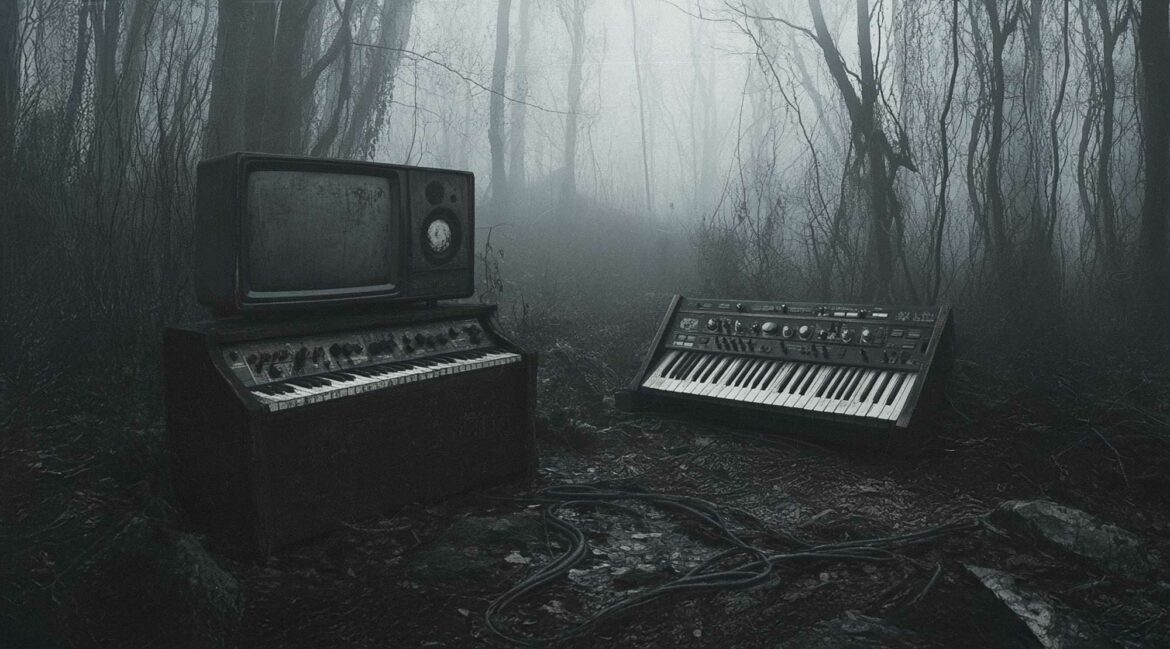
Electronic Music Meets Modern Horror
Fast forward to today, and electronic music continues to leave its mark on horror film soundtracks, while horror films equally shape electronic music styles. Mica Levi, who composed the soundtrack for Under the Skin (2013) and The Substance (2024), has been praised for her use of electronic elements to build a sense of unease. Levi’s use of distorted, dissonant sounds paired with eerie silences creates an atmosphere that’s deeply unsettling, showing how electronic techniques can push the boundaries of traditional film scoring. Levi often uses the Korg MS-20 synthesizer, a favorite for its gritty, analog sound that can easily shift from haunting to chaotic. Levi once mentioned, “I love using synths that sound slightly broken—there’s something unnerving about an instrument that sounds like it’s malfunctioning.”
Thom Yorke’s score for Suspiria (2018) also took cues from electronic music, mixing haunting vocals with ambient drones and synths to create an atmosphere of growing tension. Yorke’s use of electronic elements gave the film a modern, otherworldly feel that resonated with audiences and set it apart from more conventional horror scores. Yorke often relied on the Moog Sub 37 to create dark, droning atmospheres that brought the chilling visuals of Suspiria to life. In an interview, Yorke mentioned how challenging it was to create a horror score: “I wanted to make something beautiful yet disturbing, and electronic instruments allowed me to experiment in ways I never could with a traditional orchestra.” The haunting atmosphere Yorke created has, in turn, inspired electronic music producers looking to evoke the same sense of unease on the dancefloor.
Another classic horror influenced by electronic music is A Nightmare on Elm Street (1984), scored by Charles Bernstein. Bernstein used synthesizers like the Yamaha DX7 to create eerie, dream-like textures that perfectly complemented Freddy Krueger’s nightmarish world. The combination of unsettling synth melodies and sharp stabs helped to blur the line between reality and dreams, making the audience feel trapped in Freddy’s twisted universe. Bernstein once described the experience: “The synthesizer gave me the flexibility to create sounds that were otherworldly—like you’re drifting between sleep and waking.” This style of electronic horror music has since become a source of inspiration for dark electronic genres like industrial and synthwave.
The Fog (1980), another John Carpenter classic, also relied heavily on electronic instruments to set the tone for the ghostly story. The use of synth drones and minimalist melodies, created with the Sequential Circuits Prophet-10, helped to build tension throughout the film, making the viewer feel like danger was always lurking in the mist. Carpenter’s ability to use electronic instruments to craft an atmosphere of suspense and terror cemented his legacy as a master of synth-driven horror scores, and his work continues to inspire electronic artists who aim to evoke similar suspense in their own music.
Another significant example is It Follows (2014), scored by Disasterpeace (Rich Vreeland). The movie’s soundtrack leans heavily on analog synths to create a sense of impending doom. Disasterpeace used instruments like the Roland Juno-60 to produce the pulsating, ominous basslines that gave the film its relentless, anxiety-inducing atmosphere. In an interview, Vreeland said, “I wanted the music to feel like it was always chasing you, much like the creature in the film. The analog synths provided that perfect, raw intensity.” This influence is seen in many dark electronic tracks today, which aim to capture that same feeling of inevitability and tension.
The Future of Horror Music
Electronic music has reshaped the horror soundtrack, allowing composers to explore new ways to evoke fear. The cold, mechanical nature of electronic sounds makes them perfect for modern horror, especially in a world that feels increasingly dystopian. The rise of modular synthesizers and digital production tools has given composers more freedom than ever to experiment, crafting soundscapes that are as terrifying as the visuals on screen. Instruments like the Eurorack Modular System are favorites for horror composers looking to create unpredictable, unsettling textures that traditional instruments simply can’t achieve.
The influence of electronic music and horror film scores on each other is here to stay, pushing both genres beyond the limits of traditional scoring and into darker, more experimental territories. From the repetitive synths of Halloween to the warped sounds of The Substance, electronic music and horror soundtracks continue to redefine what it means to be scared, both in the club and at the movies.
References:
- Carpenter, J. (1978). Halloween. Compass International Pictures.
- Levi, M. (2013). Under the Skin [Film score].
- Levi, M. (2024). The Substance [Film score].
- Yorke, T. (2018). Suspiria [Film score].
- Bernstein, C. (1984). A Nightmare on Elm Street [Film score].
- Carpenter, J. (1980). The Fog [Film score].
- Disasterpeace. (2014). It Follows [Film score].
- Salisbury, B., & Barrow, G. (2018). Annihilation [Film score].
Written by: Mad Radio
